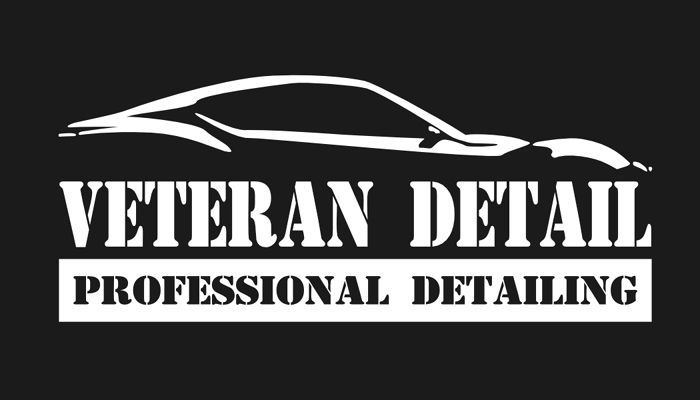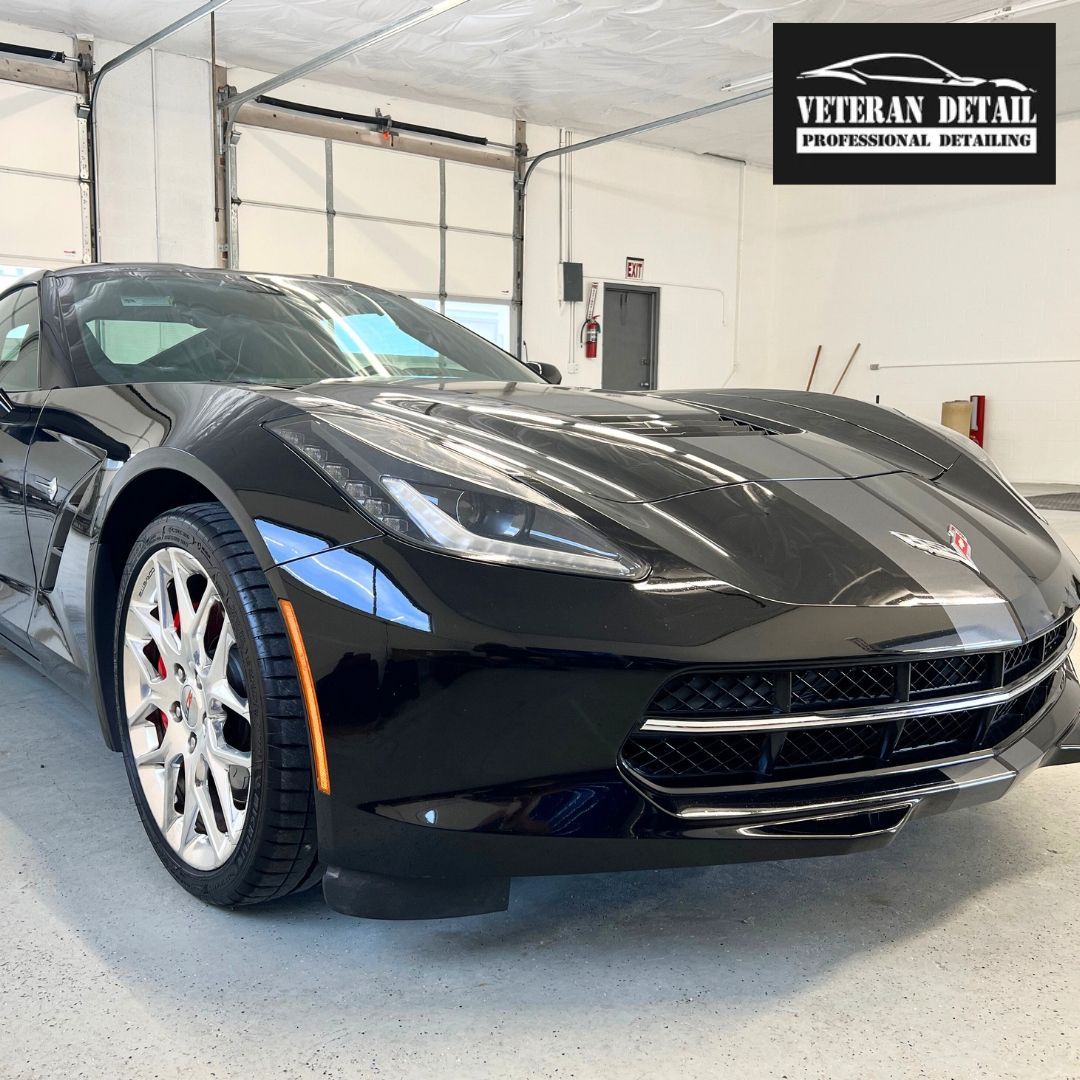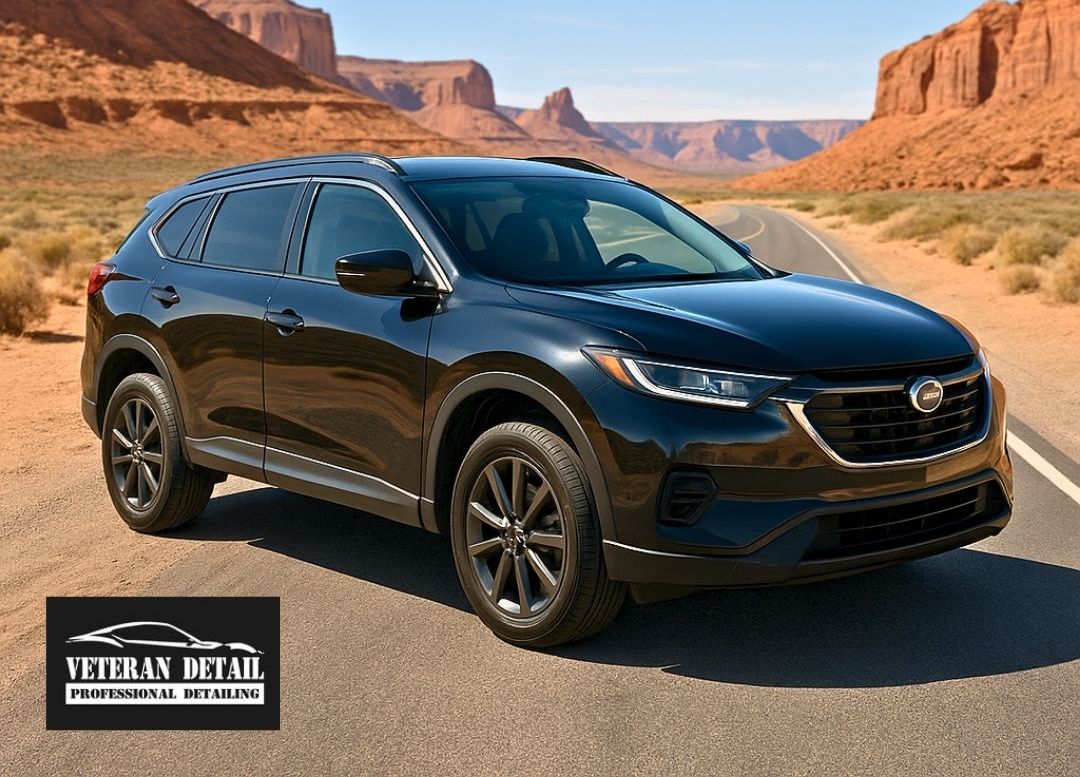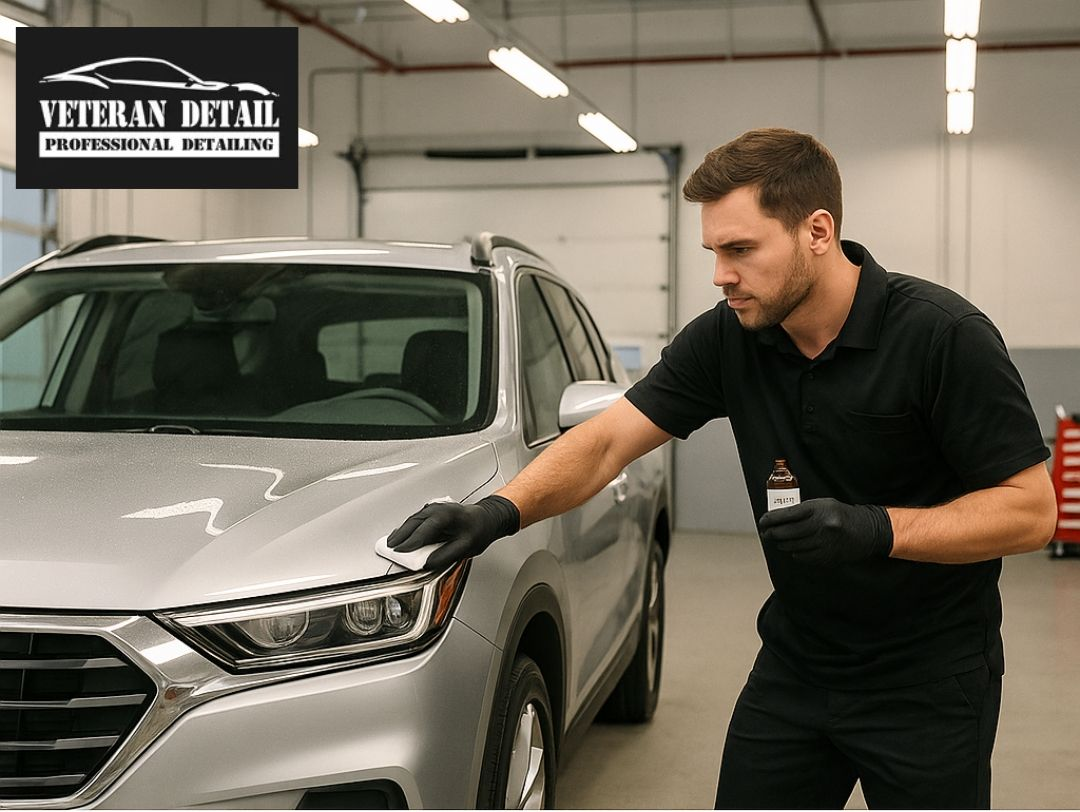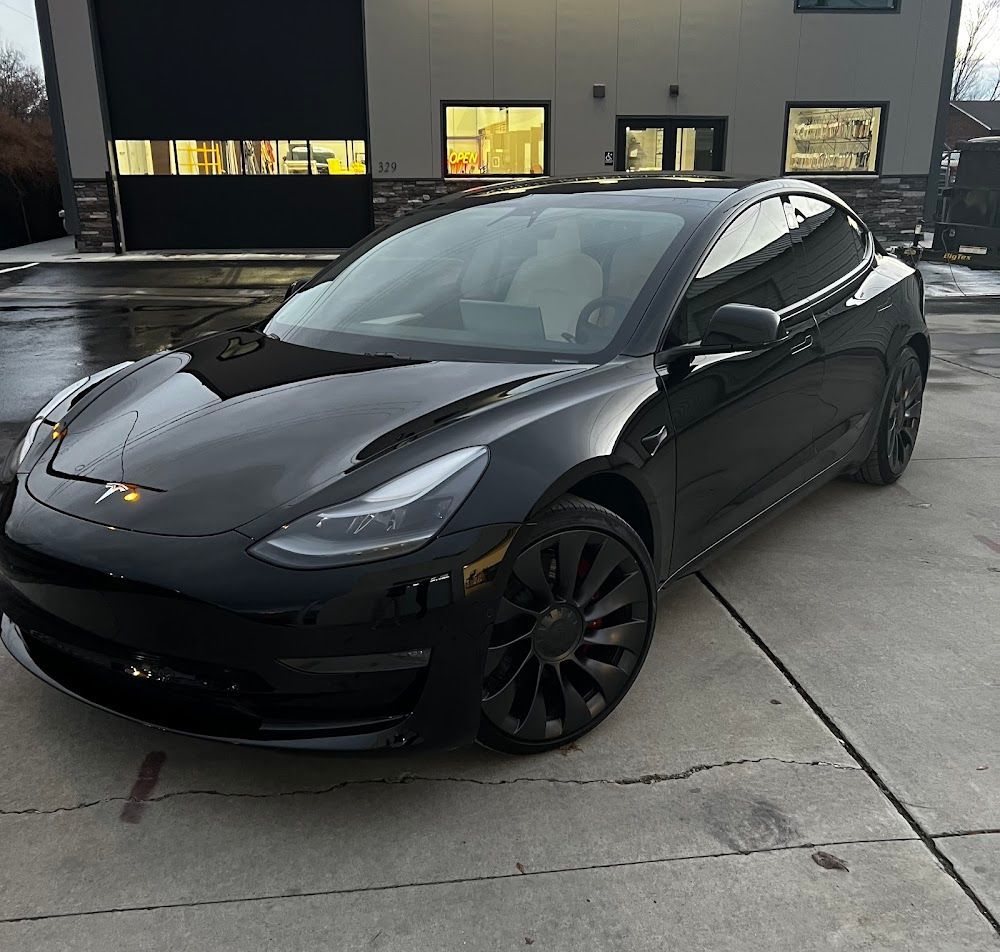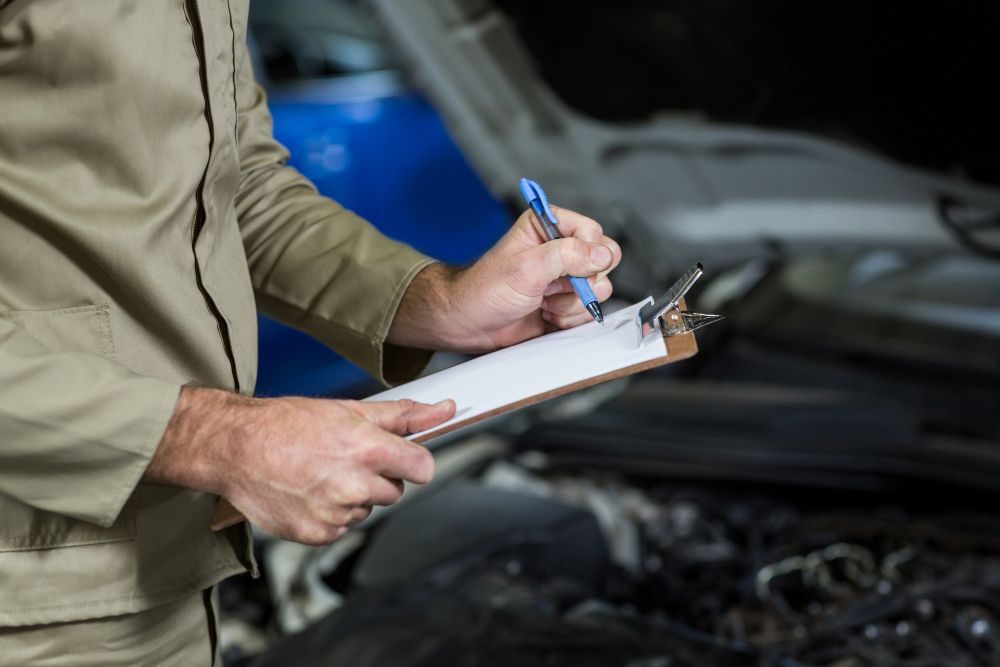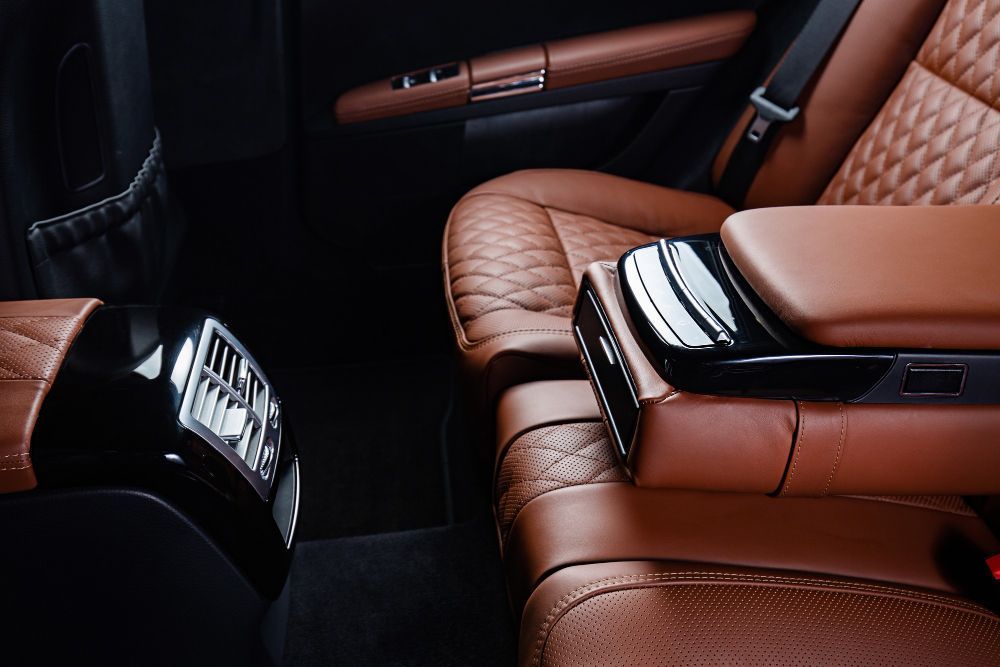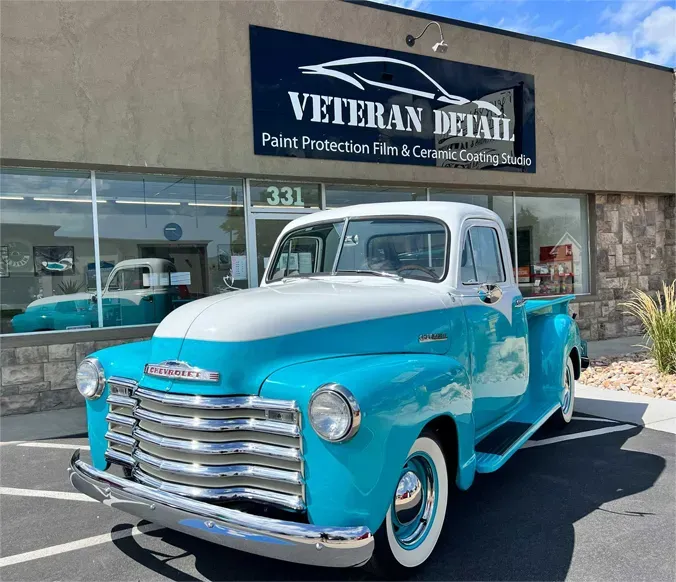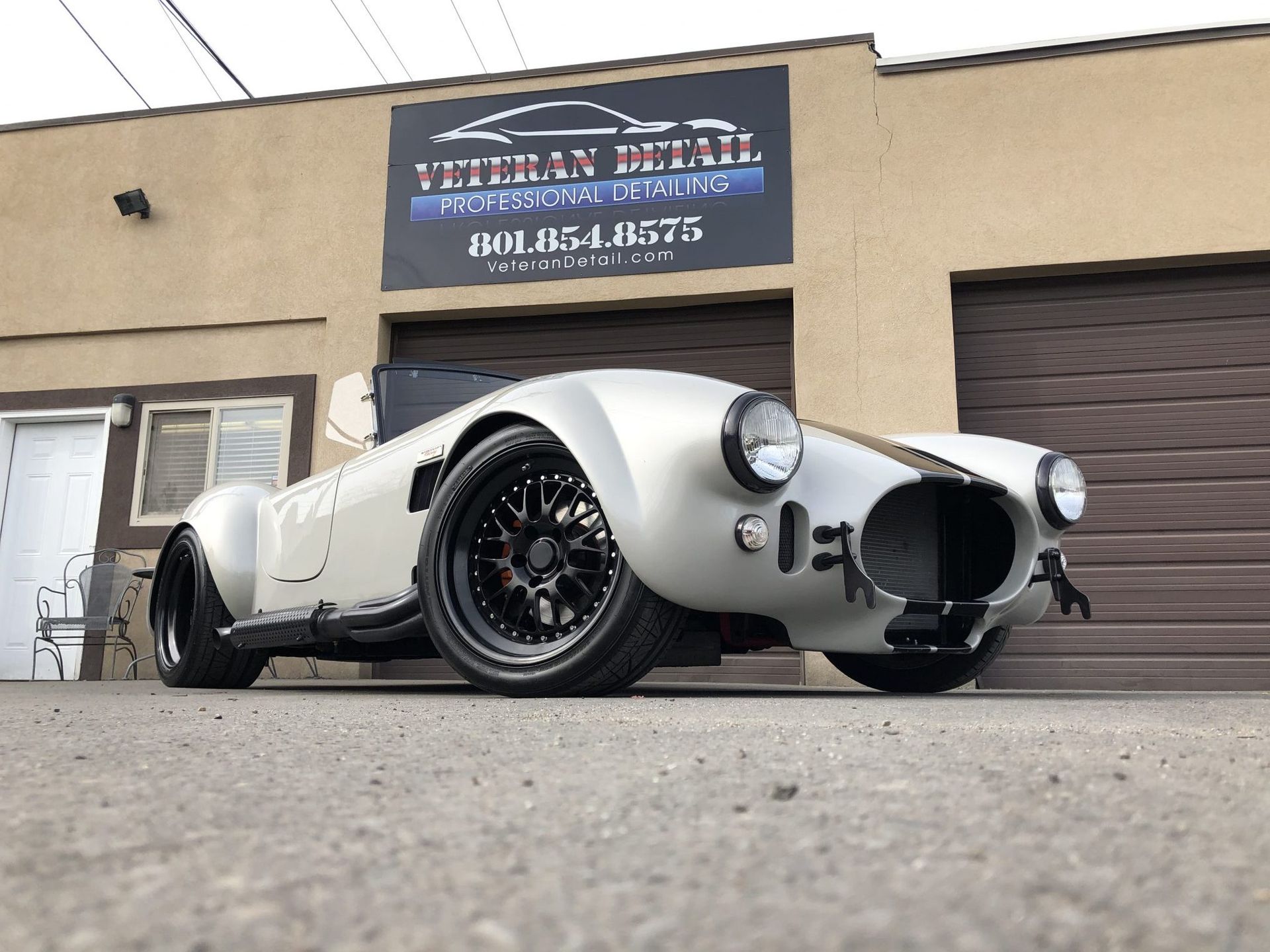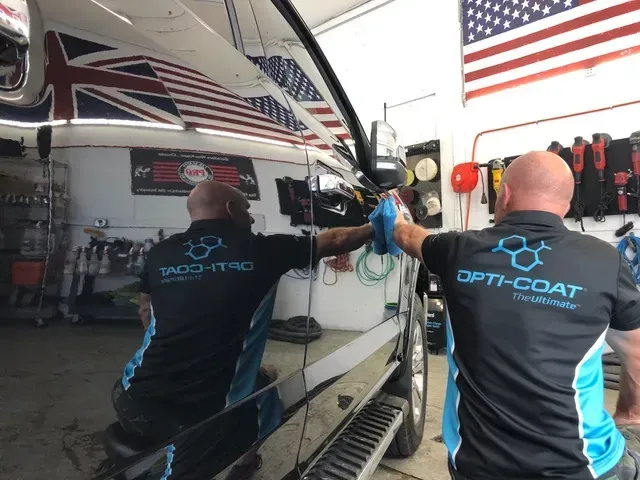
How to Maintain Your Ceramic-Coated Car in American Fork’s Climate
Ceramic coatings are one of the best ways to protect your car’s paint, providing a sleek gloss, hydrophobic properties, and resistance to UV rays and contaminants. But even the most durable coating isn’t maintenance-free.
In American Fork and across Utah County, car owners face unique challenges—high UV exposure, dry summers, snowy winters with road salt, and rapid temperature swings. These factors can shorten the lifespan of a ceramic coating if the vehicle isn’t properly cared for.
This article explains what makes ceramic-coated cars different, why climate plays such an important role, and practical steps you can take to maintain your car’s shine and protection year-round.
What Is a Ceramic Coating and Why Does Climate Matter?
A ceramic coating is a liquid polymer that chemically bonds to your vehicle’s paint, creating a protective layer that enhances gloss, repels water, and guards against UV damage. Unlike wax or sealants, ceramic coatings last for years when properly maintained.
However, environmental factors directly affect the coating’s performance. American Fork’s climate presents specific challenges that ceramic-coated vehicles must endure:
- Intense UV rays: Utah’s elevation means stronger sun exposure, which can degrade unprotected paint. Ceramic coatings slow this damage but need consistent upkeep to stay effective.
- Winter road salt: Salt and de-icing chemicals can bond with paint and cause corrosion if not removed promptly. A ceramic coating resists bonding but must still be cleaned regularly.
- Dust and dry air: Summer dryness kicks up dust, pollen, and debris that cling to vehicles. These contaminants dull the shine if not washed away.
- Temperature extremes: Rapid shifts between hot summers and cold winters stress both paint and protective layers, making maintenance routines especially important.
How to Maintain a Ceramic-Coated Car in American Fork
Proper care ensures your ceramic coating performs at its best and lasts its full lifespan. Here are the key steps to follow:
Wash Regularly
Consistent washing is the foundation of ceramic coating maintenance. Aim to wash your vehicle every one to two weeks.
- Use pH-neutral car shampoo to avoid breaking down the coating.
- Wash in the shade to prevent water spots from American Fork’s hard water.
- Use the two-bucket method (one for soapy water, one for rinsing) to minimize scratches.
Dry Carefully
Air-drying can leave minerals from Utah’s hard water on the surface. Instead:
- Use a soft microfiber drying towel to absorb water.
- Consider a blower or air dryer for streak-free drying.
Decontaminate Seasonally
Over time, contaminants like iron particles, pollen, and road film can bond to the coating. Seasonal decontamination helps restore performance.
- Use an iron remover to dissolve metallic particles.
- Clay bars can be used lightly, but always follow with a ceramic booster spray.
Apply Ceramic Boosters
Boost sprays are designed to refresh the hydrophobic properties of your coating. Apply them every 2–3 months.
- They restore beading and help extend the coating’s lifespan.
- Spray after washing, then wipe with a clean microfiber towel.
Winter Maintenance Tips
American Fork winters bring extra challenges with snow and road salt. To protect your coating:
- Wash more frequently, especially after snowstorms.
- Pay special attention to wheel wells, bumpers, and lower panels where salt accumulates.
- Use a touchless wash if temperatures are too cold for driveway washing.
FAQs About Ceramic Coating Maintenance
- How often should I wash a ceramic-coated car?
Every one to two weeks is recommended. Regular washing prevents dirt, dust, and salt from dulling the coating’s shine and effectiveness. - Do I still need to wax my car after ceramic coating?
No. Waxing is not necessary because ceramic coatings provide better, longer-lasting protection. Instead, use a ceramic booster spray for maintenance. - How long does a ceramic coating last in Utah’s climate?
When properly maintained, a professional-grade coating can last anywhere from 3–7 years, even in Utah’s tough conditions. - Will road salt damage a ceramic coating?
Ceramic coatings resist chemical bonding, but salt left sitting on the car can still cause problems. Frequent winter washes are essential. - Can I use automatic car washes?
Avoid brush car washes, as they can create scratches. Touchless washes are a safer option if you cannot hand-wash.
Conclusion
American Fork’s climate makes vehicle maintenance a challenge, but a ceramic coating combined with proper care ensures your car stays glossy, protected, and easier to clean. Regular washes, seasonal decontamination, and booster sprays will maximize the lifespan of your coating while protecting against Utah’s sun, salt, and dust.
Veteran Detail offers expert
ceramic coating services and maintenance support across Utah County. As a veteran-owned business, they combine precision with integrity, ensuring your vehicle gets the highest level of care.
